CAPE PENINSULA (Day 3)
We took a day tour by Day Trippers down the Cape Peninsula, a rocky strip of land that extends south of Cape Town for 47 miles into the Atlantic Ocean. At the southern end are Cape Point and the Cape of Good Hope. The peninsula was an island until 60 million years ago.
A nice minivan carted us about while Gregg, our tour guide, explained what we were seeing. We drove past some of the nicer areas of town and along the coast, which is known for its numerous shipwrecks from the 1600s - 1700s due to sudden storms. There were some 400 just in this area alone.
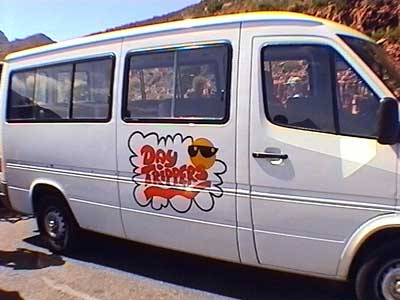
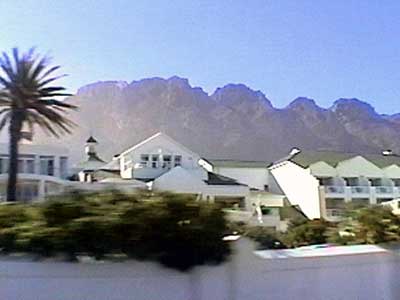
We arrived at Hout Bay (translated as "Wood Bay") where early sailors used to chop down trees to repair their ships. Here we loaded up on a boat to Duiker Island ("diver's island") to see a colony of Cape fur seals. The seals were very curious and often swam close to the boat to have a look at what was going on.
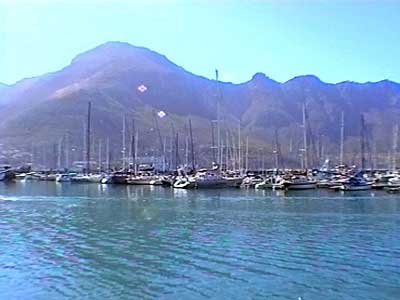

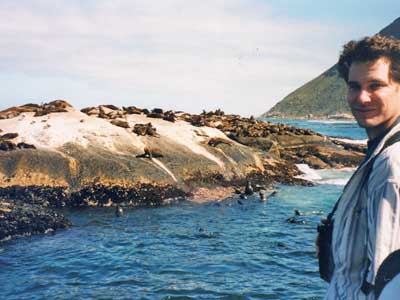
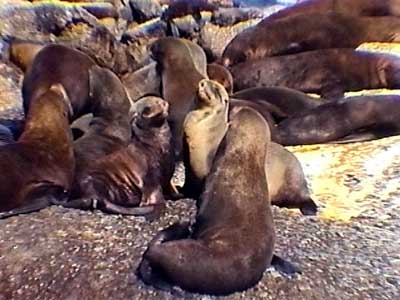
We then had to option to hop on a bike that the van was towing behind it. There were three stages (each of about 5 miles), first along the oceans cliffs then inland. It was extremely hot so I only did the first ride. (note this is a country that drives on the left side).
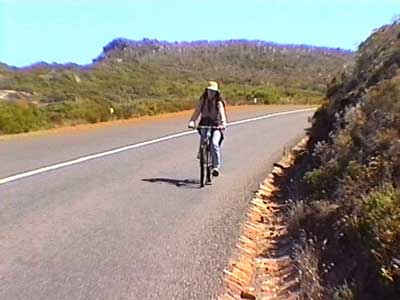
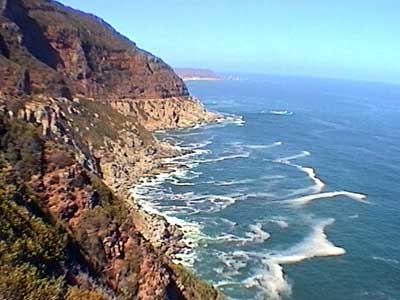
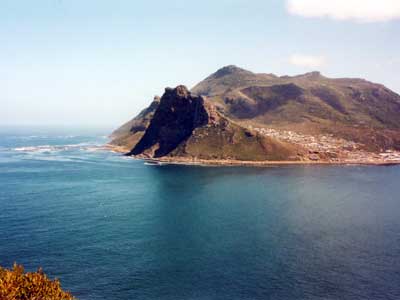
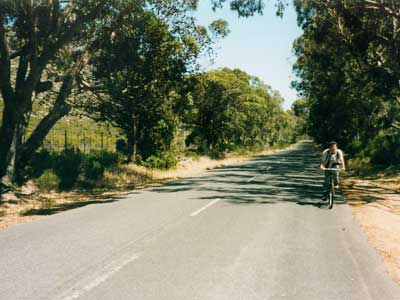
Eventually we were all loaded back up in the bus again and continued our drive. We stopped for a short picnic on the beach... which was raided by all sorts of critters.
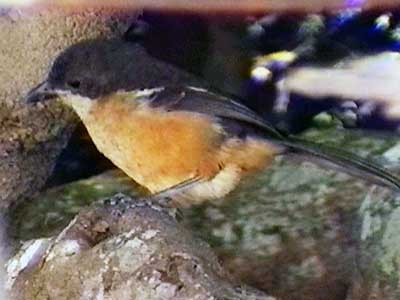

We drove out to the tip of Cape Point. We first did a long walk up to a lighthouse with its great views. It was quite windy up top and a thick mist lay on the water (probably responsible for so many shipwrecks of the past!). Aggressive baboons patrolled the area, even going so far as to get into people's cars and completely shred the interiors in search of food. There isn't much one can do to stop them either!
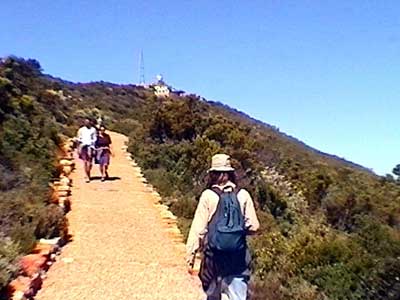
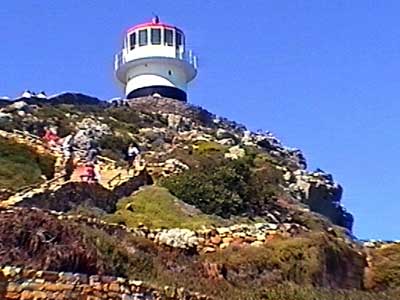
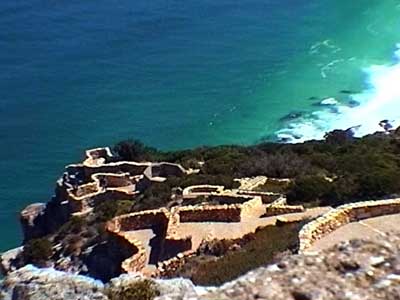
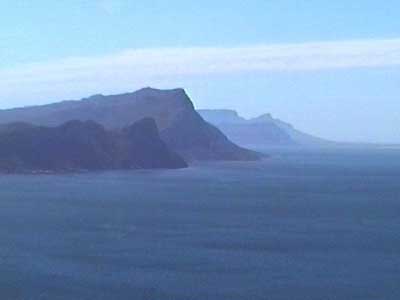
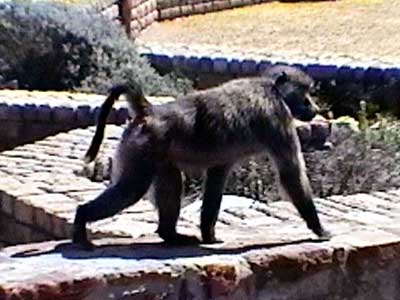
We followed a path down to the Cape of Good Hope. The nature reserve was filled with all sorts of amazing plants and animals... including more dassies and even a wild ostrich.
Cape Point is not Africa's southernmost tip as many people believe (the Atlantic and Indian Ooeans actually meet 93 miles away). It was only important to European navigators as a source of fresh water.

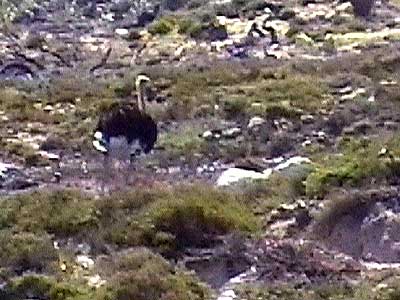
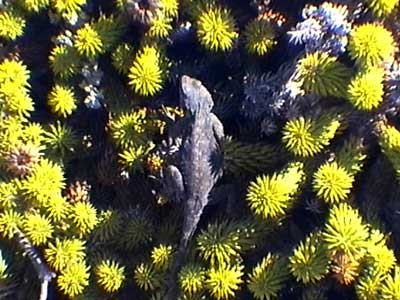
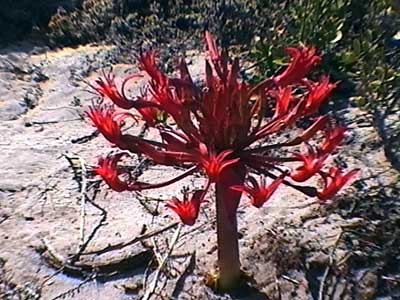
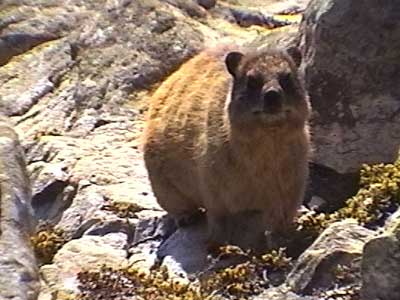

We returned to the van and continued to our next exciting stop... a colony of Jackass penguins (so named because they sound like braying donkeys). This relatively new colony at Boulders Beach on False Bay has about 400 members and had only been here a few years.

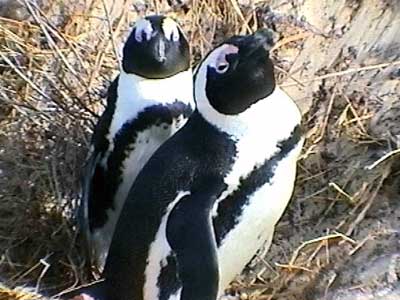
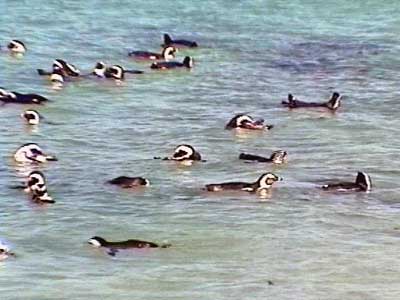
We returned home in the evening, quite exhausted. We grabbed some dinner, sampled a few more beers, talked with a few other tourists, then called it a day.
return • continue

